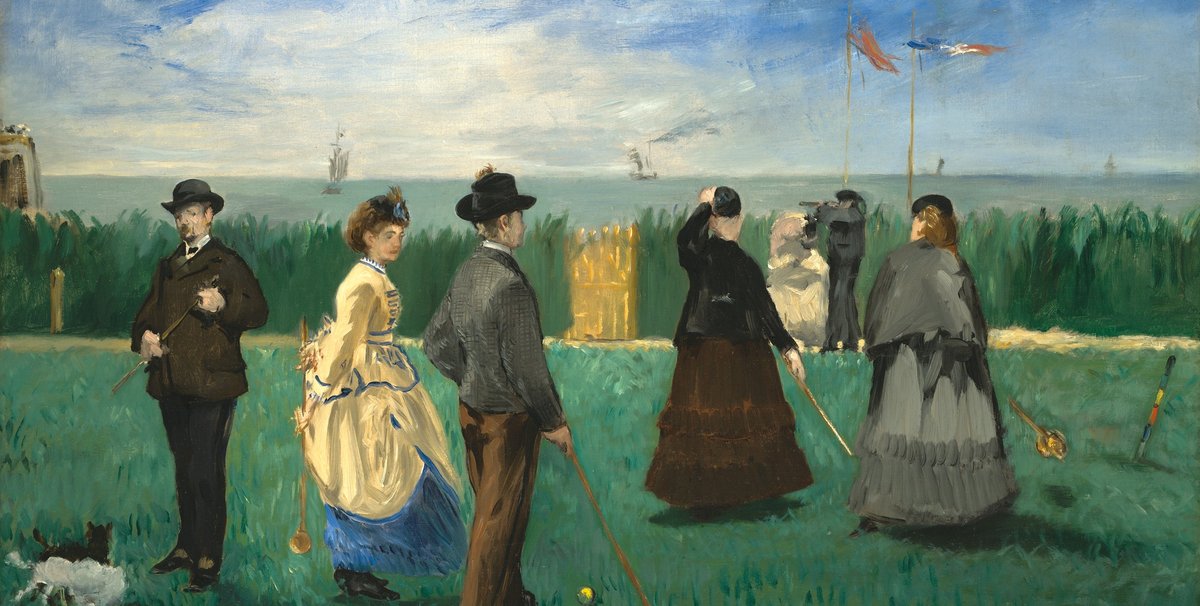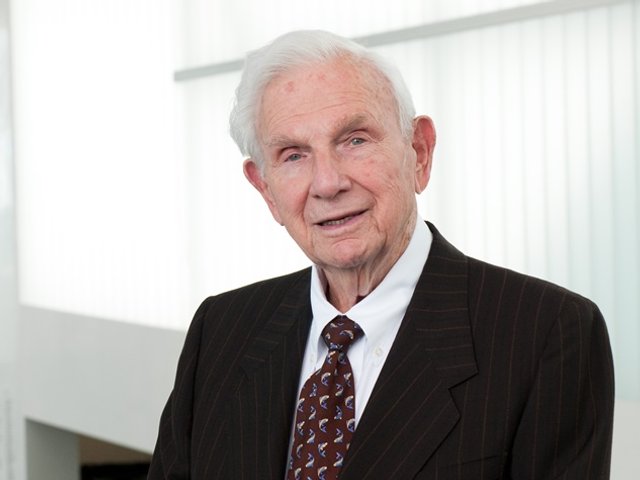The Nelson-Atkins Museum of Art in Kansas City is due to unveil a $12m overhaul of its European art galleries on 11 March. The highlight is 29 works of Impressionist and post-Impressionist art donated by Henry Bloch, the co-founder of the tax preparation company H&R Block, and his late wife Marion Bloch.
The couple initially promised the works by Picasso, Manet, Morisot and others to the museum in 2010, but planned to wait until after their deaths to permanently donate them. After Marion died in 2013, however, the collection no longer held the same meaning for Henry Bloch. The museum’s director, Julián Zugazagoitia, suggested he might want to see the works hanging publicly during his lifetime. “It has been a joy seeing a man [in his 90s] being so engaged and so profusely in the moment,” Zugazagoitia says. The collection, which began as “a love story that [Henry Bloch] knitted in collaboration with his wife, has new meaning now”, he says.
The galleries—renamed the Bloch Galleries of European Art after the collectors—show work from the medieval period through the late 19th century. The Kansas City-based BNIM Architects reconfigured 9,000 square feet in the original 1933 Beaux-Arts building to add wall space and new mood-setting lighting. The system can be set to mimic the outdoor light in which plein-air painters worked or highlight the blue tones in winter landscapes.
The Bloch gift will be displayed alongside other Impressionist and Post-Impressionist works in the museum’s collection. Some of the new additions fill significant gaps, such as its first work by Matisse. But Zugazagoitia says the gift also “doubled down on our strengths” and added “richness”. Van Gogh’s countryside scene Restaurant Rispal at Asnières (1887), for example, is the museum’s third painting by the artist and helps trace three important moments in his career. Under to the terms of the Bloch gift, the works must remain on permanent view but may be loaned to other institutions for temporary exhibitions.




